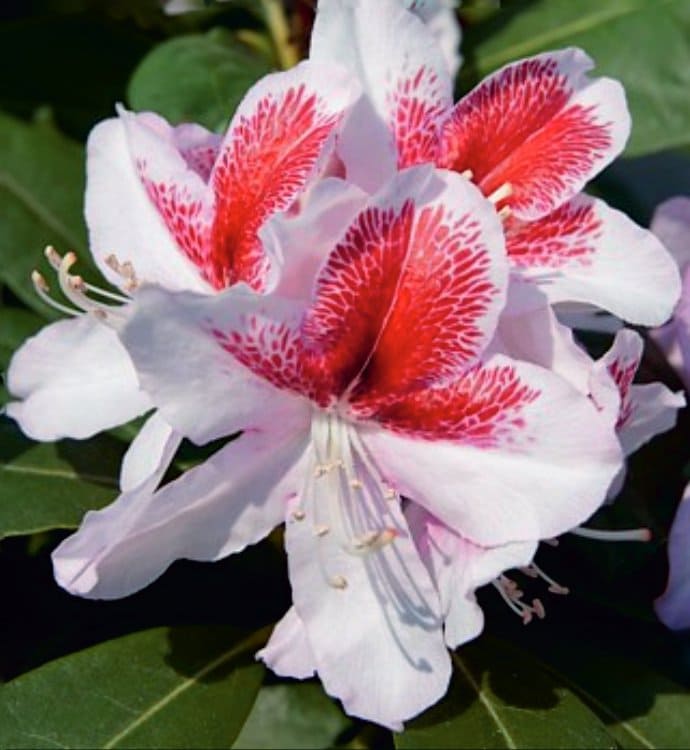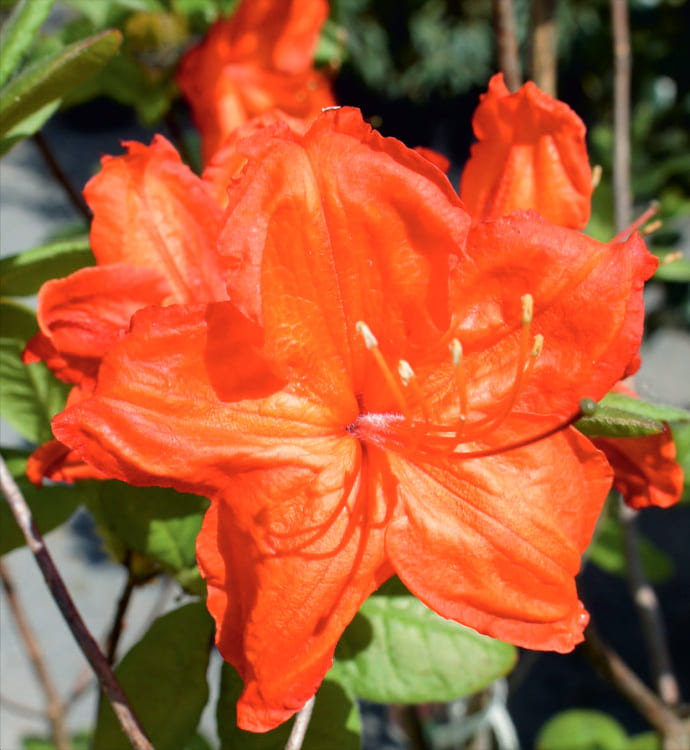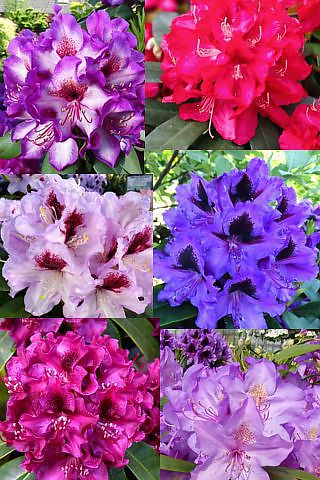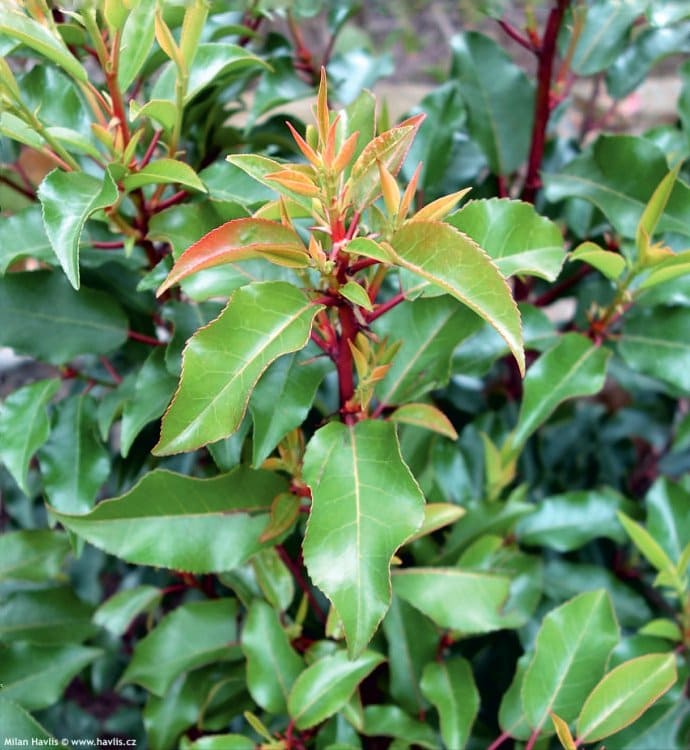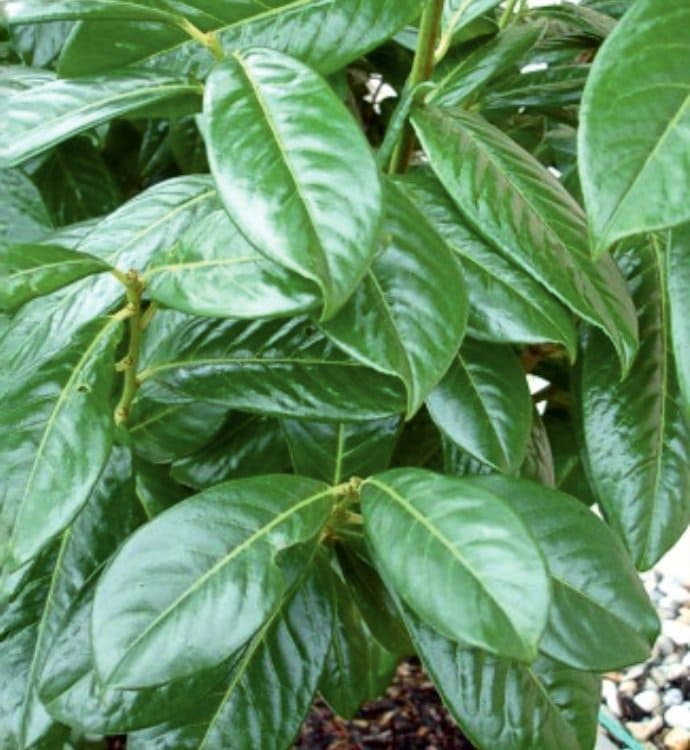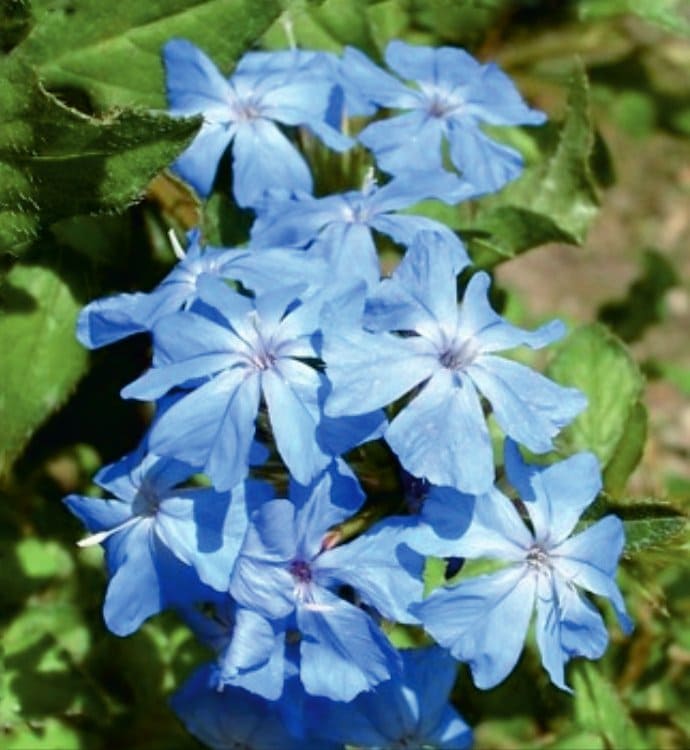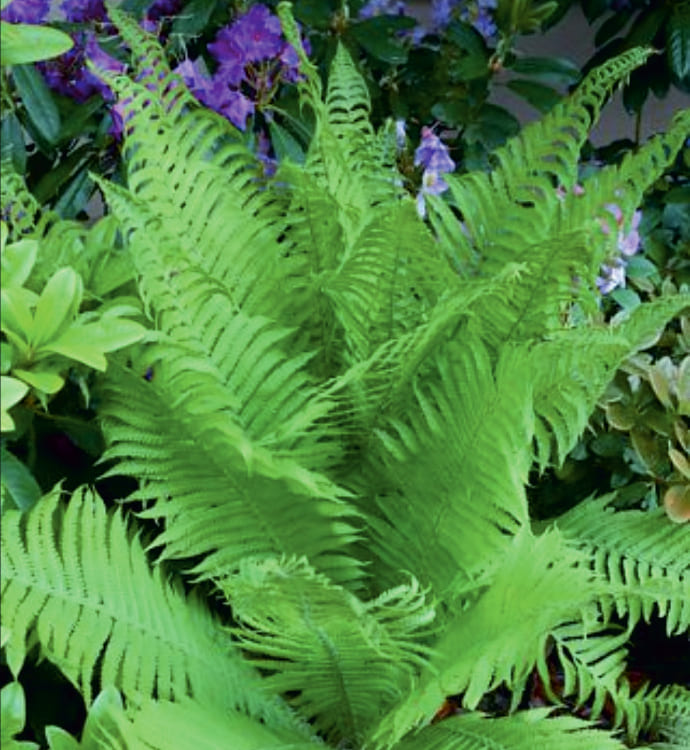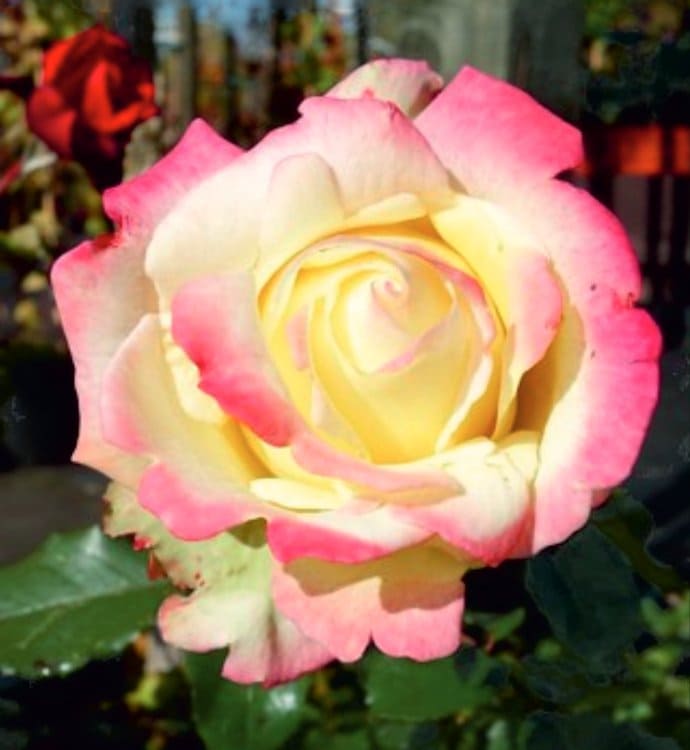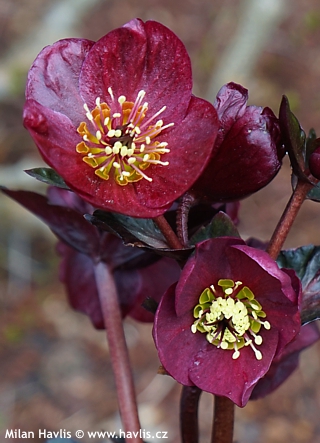Helleborus x iburgensis HGC ICE'N ROSES® MARY MARBLE čemeřice
size/type
low or groundcovering,low perennial
usual height
0,3-0,5m
usual width
0,3-0,5m
leaves
evergreen broadleaf
colour of leaves
flowers
showy
colour of flowers
blooming time
January-April
location
full sun to shade
soil type
neutral to alkaline
soil moisture requirements
evenly moist (dislikes drought)
USDA zone (lowest)
5 (down to -29°C)
winter protection
for zone 5+6

for zone 7

categorized
Helleborus
Hellebore (Lenten rose) is not a new plant to Czech and Slovak gardens. I remember those flowering stems that surprisingly pushed through the snow in late winter and I kept asking grandma how come that a plant can flower while there is still snow on the ground. These evergreen perennials are still very popular, mainly thanks to newly hybridized varieties with fantastic flowers. German nursery Heuger has been breeding Lenten roses since 1950’s. No wonder they are considered the top producers of these beautiful plants in Europe. Their Helleborus Gold Collection® (HGC) is a trademark for the best inventions in the field of hybrid hellebores.Description of the plant:
ICE N‘ ROSES® is an attractive series of large-flowered hellebores from German breeder Josef Heuger, which can bloom as early as December under favourable weather conditions. Otherwise, it will keep its buds tucked away and bloom during the first warm days at the end of winter. Among large-flowered hellebores, ICE N‘ ROSES® MARY MARBLE shines as one of the most unique varieties, celebrated not only for its captivating blooms but also its striking, marbled foliage. The flowers are single coloured with a diameter of 6-7 cm, vividly burgundy red in colour, darkening as the seeds mature. The centre is adorned with creamy stamens and a crown of true, vestigial petals. The stems are approximately 40 cm tall, reddish-brown, upright, and the open flowers face upwards or sideways, with some slightly drooping. They form a compact clump.The evergreen leaves are among the most beautiful of all hellebores. They are glossy, broadly palmate, divided into 3 to 5 individual leaflets of dark green colour with prominent veining, creating a silvery-grey marbled effect. It is particularly striking during the cold days of winter and early spring, when the veins take on a pale purple or even a pink hue. Young leaves have distinctly serrated edges, but the notches almost disappear over time. This hybrid is a cross between H. lividus, H. argutifolius, H. niger, and sometimes other spring hybrids. Breeder Josef Heuger named it Helleborus x iburgensis after the town of Bad Iburg, where it was launched in 2018 during the State Garden Show (Landesgartenschau) which is a prestigious garden exhibition taking place each year in a different region and town.
Hellebore likes heavy, evenly moist, neutral to alkaline, rich in humus soil in dappled shade or filtered sun. This hybrid will prefer at least half a day with direct sunlight. Fertilizing will increase flowering and help the leaves remain strong and nice throughout the winter. Grow it somewhere near your house entrance or close to the window you look out of frequently so that you can enjoy the plant when it starts flowering since at that time the weather outside is not yet ideal for walking around the garden. The flowers can cheer up a number of grey and dull days of late winter therefore thumbs up for hellebore! Harmful if eaten. Hardy to about -29 °C (USDA zone 5).
Last update 04-04-2025
WANT TO TRY A SIMILAR PLANT?







